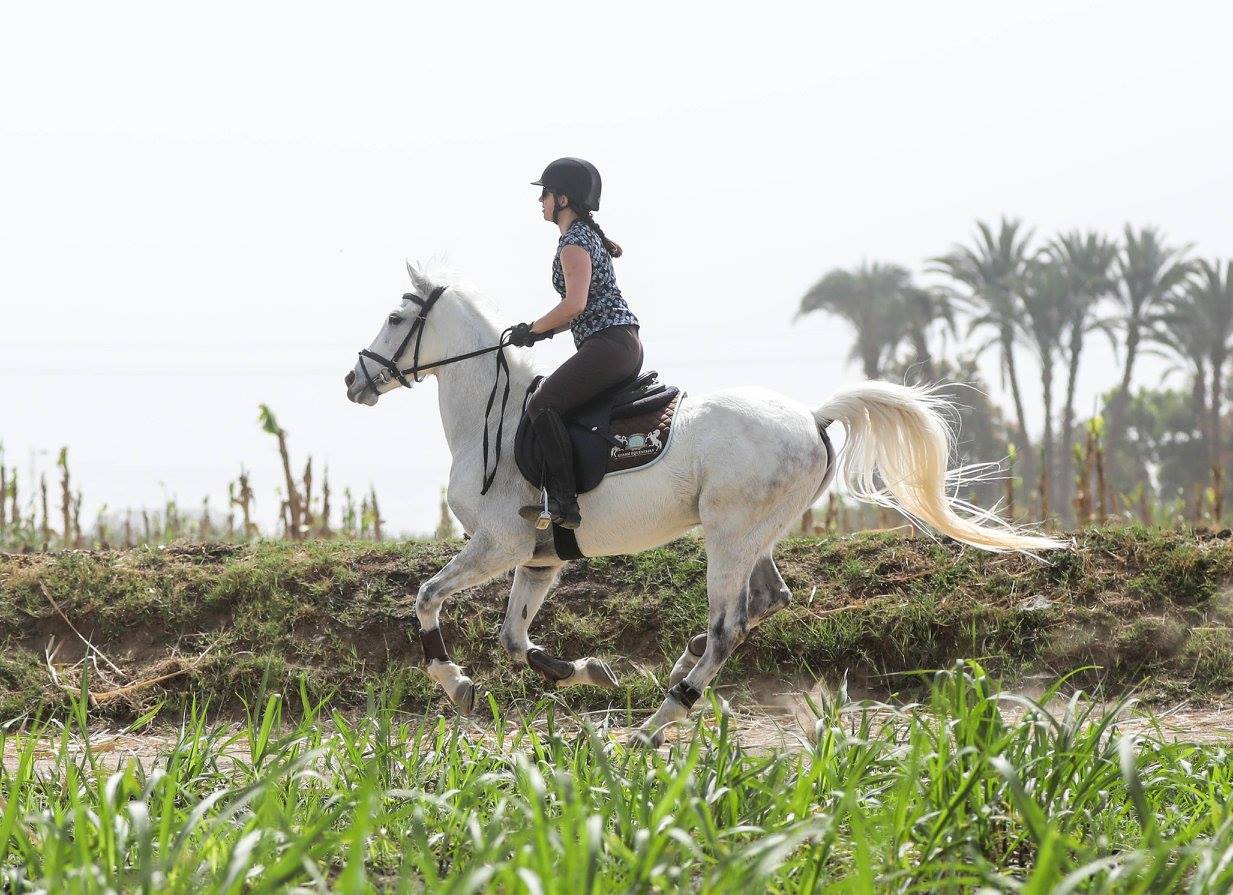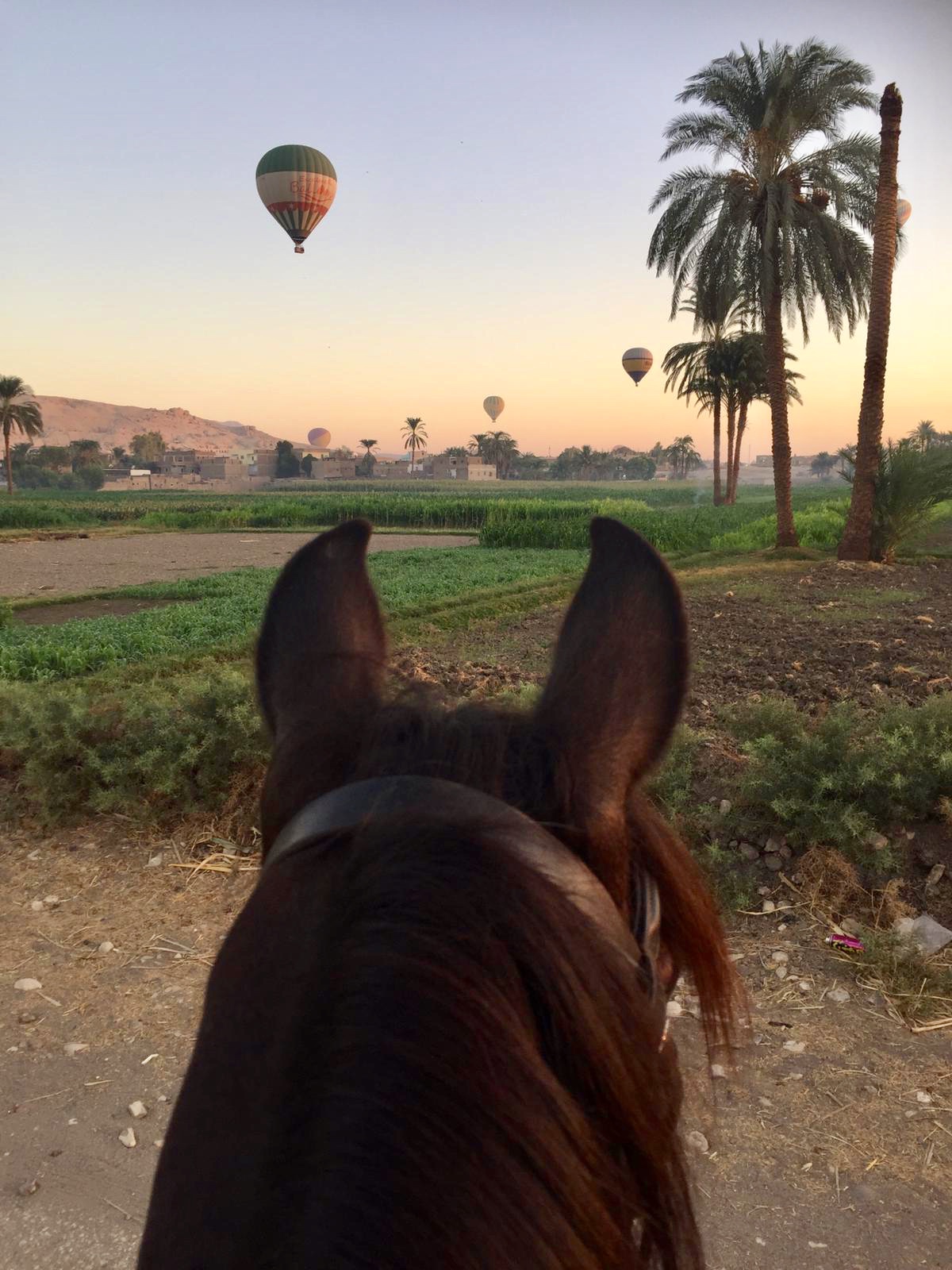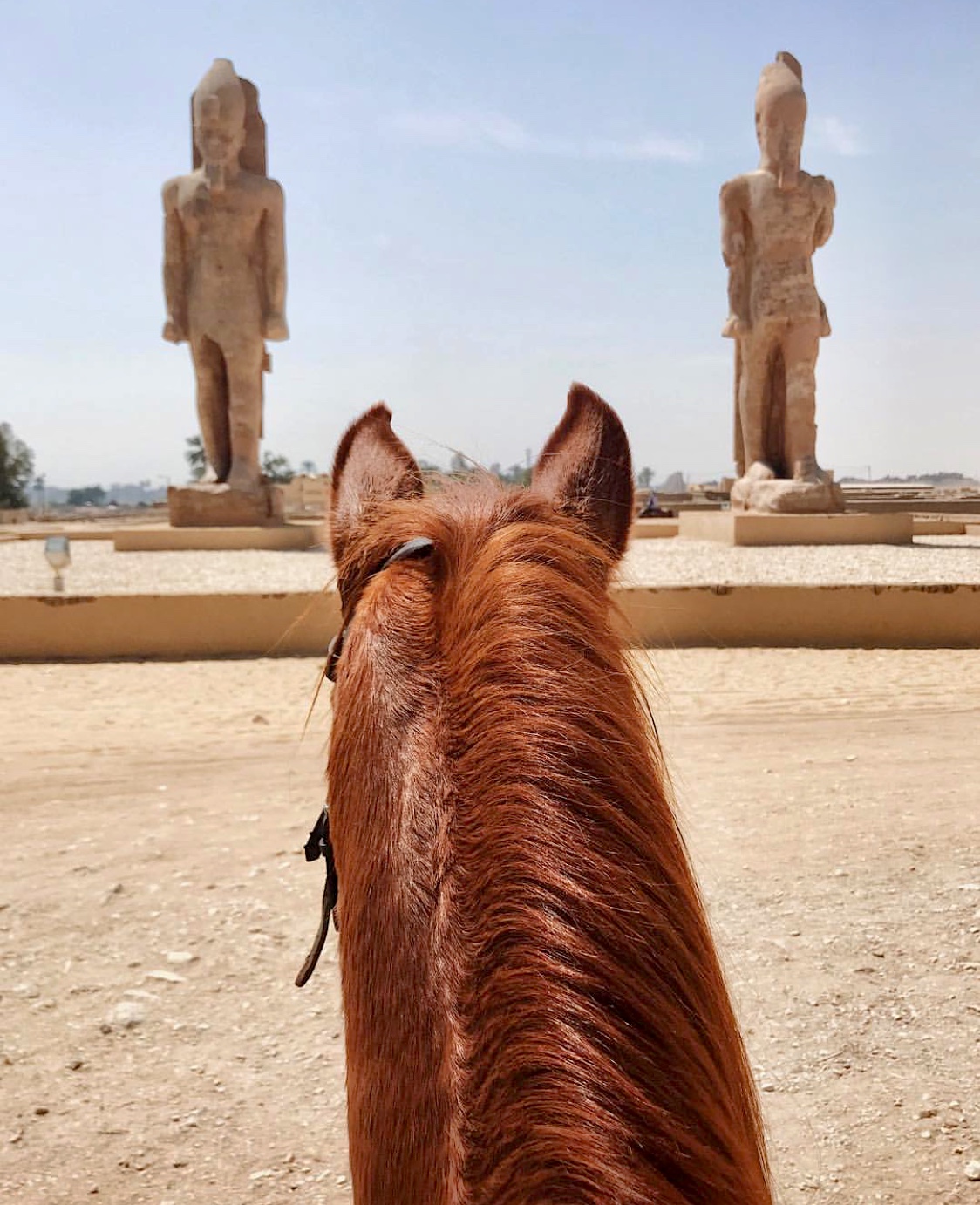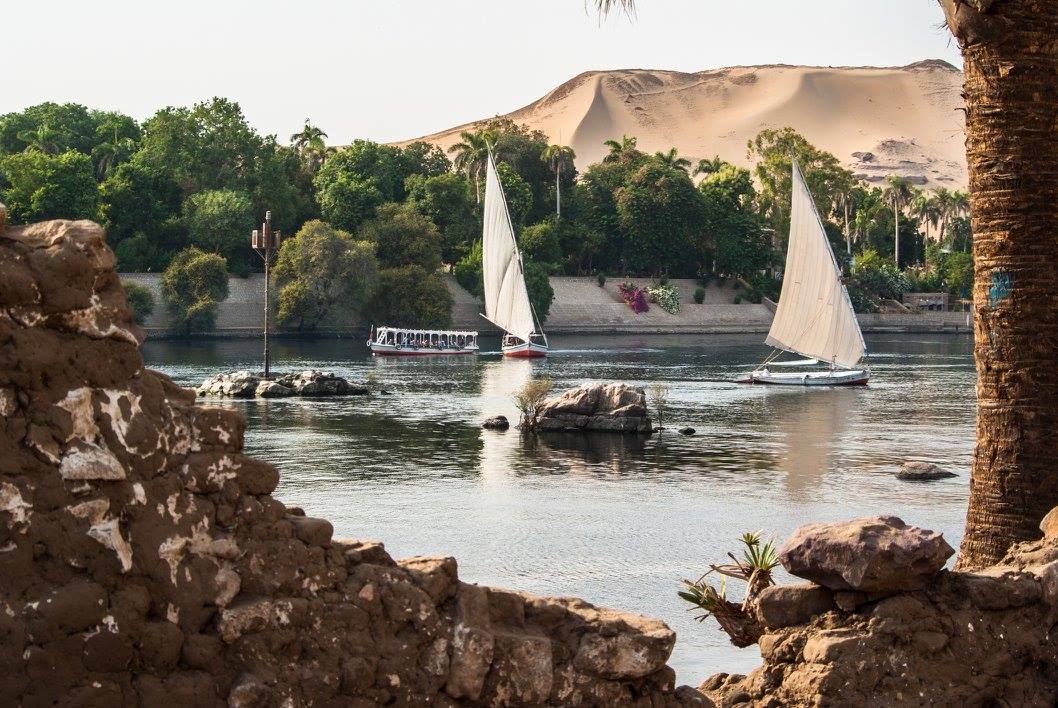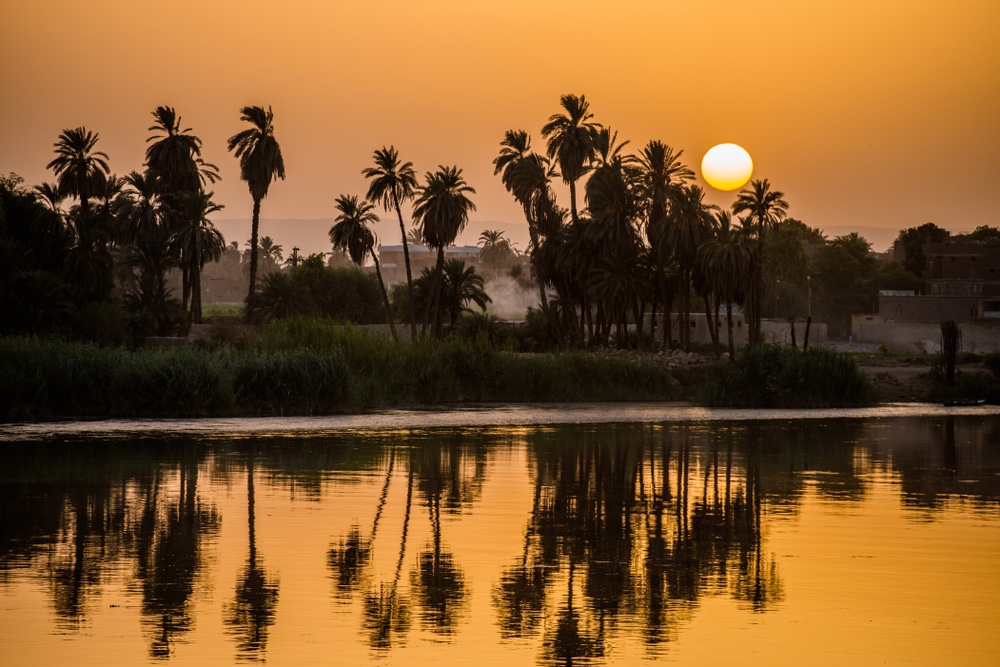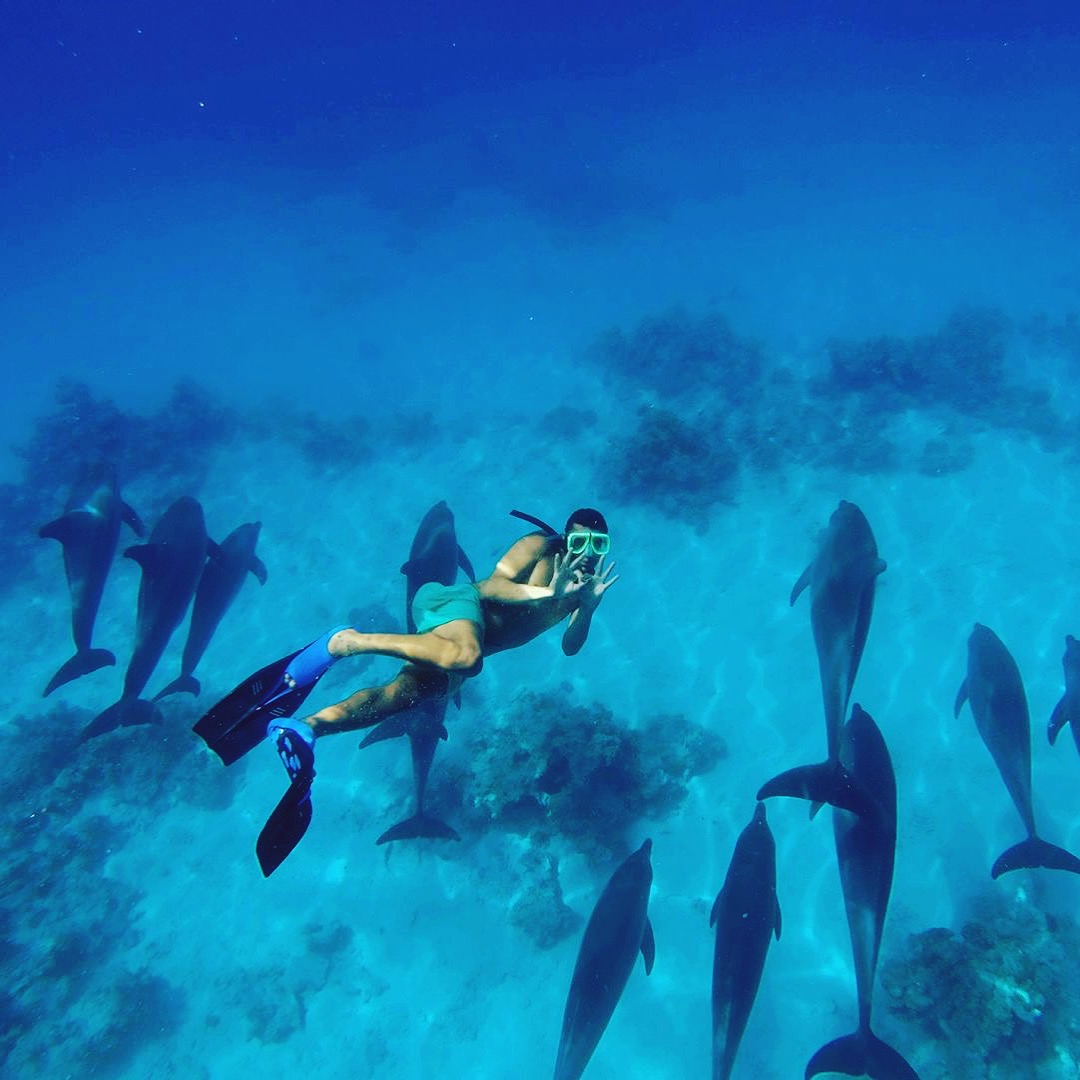Sahara Desert
The sun ritual
The pharaonic tombs and the Egyptian temples, full of ancient history, combined with a good dose of horse ride in the desert and the Red Sea. Galloping in Egypt has only two colours: the yellow of the desert, where the rays of light from the sun bounce, and the blue of the sky. We also assist to the sun ritual, which is carried out twice a year and is one of the greatest phenomena of humanity.
- Location
- Egypt
- Duration
- 11 Days / 10 Nights
- Season
- February & October
- Horses
- Arabian
- The Riding
- 4 – 6 hours per day
Day by Day
Day 1. What is waiting for us in Egypt?
We arrive to Aswan. We travel on a traditional Egyptian boat until we reach where we will stay, and we will be welcomed in the Nubian way. We have dinner, relax and get prepare for a transforming experience. What is it waiting for us in Egypt, its desertic landscapes, its Arab horses? How much of the foreign features will speak for us, in the end? After a drink, we lie conscious that we are about to begin a journey not only on the outside but on the inside.
Day 2. The water and temples of Nubia.
We visit the Nasser river and the Aswan dam, a huge water reserve in Nubia where we can visit town monuments. We head to the Isis temple on a boat, one of the most important monuments in the region. After lunch, we travel to Abu Simbel, where we arrive after a 3-hour trip. We prepare ourselves for the biannual spectacle to happen on the next day.
Day 3. Abu Simbel means questioning our human condition.
Abu Simbel is a combination of two twin millenary temples built by Ramses II, or rather by his slaves in the 18th century B.C. It is useless to make reference to their archaeological value and its beauty in this itinerary. Their greatness can only be perceived through sight and touch. It is enough to simply say that they are two temples settled over the hillside, declared a UNESCO World Heritage, which caverns work as halls. Besides, they are located in such a way that twice a year, the date of assent to the throne of Ramses II and his birthday, the rays of light from the sun shine over the temple entirely. We will be there on one of those days. Only the Ptah statue, god of darkness, remains in the darkness. Again; being in Abu Simbel is not only admiring architecture, greatness and history, is questioning the human condition.
Day 4. Temple, sailboats, and Nile in the Luxor.
We are back in Aswan. We get up and have breakfast in our Egyptian sailboat before going to Luxor. We visit the Kom Ombo temple, shared by the gods Kombo and Horus. We aim to arrive to Luxor to have an early dinner in our lovely Egyptian guest house near the Nile river.
Day 5. The biggest religious temple in the world.
We get up early in the morning and head to the Madinet Habu temple, which implies going around sugar cane farms and local villages. When we arrive there, we tie the horses in the shade before entering to explore. After our visit, we will have a light brunch. In the afternoon, we go across the East Bank of Luxor, starting with the incredible Karnak Temple, the biggest religious complex in the world. The best thing about this description right now is that you do not search for photographs of this place. Let yourself get impressed by the here and now, by the immensity of the temples and the legendary aura that radiates from them. Even if you look for pictures right now, while reading this, everything would be in vain: the more you want to capture the essence, the more frustrating the search. This experience is non-transferrable and, therefore, unforgettable. At last, we visit the Luxor museum.
Day 6. A connection with the most atavistic traits of humanity.
Our first entire day on a horse: we confirm that the beauty and resistance of Arabic and Baladi horses (the latter being a local race) are real. These races are colossal, really colossal: chosen for their capacity of creating a cooperative relationship with humans. They are kind-hearted creatures, fast learners and are always willing to please. The longest paths allow us to experiment with our horses and watch the life in the farms, farmers working in the same way their ancestors did. Our visit to Egypt is, in the end, a journey that encompasses not only space but also time: it is a connection with what it is the most atavistic traits of humanity. In the middle of the morning, we ride our horses behind the Valley of Kings, and then, we gallop until we reach the top of Mount Thebes to contemplate the panoramic views of Luxor.
Day 7. Egypt on a camel.
We visit the Valley of the Kings, where the pharaohs of the New Egypt were buried. We visit four incredible tombs, including the Tutankhamun tomb, considered the best well-conserved pharaonic tomb ever found. We head back to the guest house to have lunch and enjoy for some hours to rest before experimenting Egypt on a camel. Our safari on a camel takes us through the villages and along the Nile river: it is the perfect scenario to take photos of the real Egypt, close and personal, without mentioning how extraordinary the ride is at sunset near the river. This is our last night in this region and we end our adventure in Luxor with a belly dance show and a dinner with music. Additionally, we take a trip on a hot air balloon to contemplate Egypt from above. This is a day on which massage service in the hotel is included as well as a private boat ride on the Nile.
Day 8. The Red Sea will open before us.
We head to the sea whose waters opened before Moises, the sea that according the biblical tale, was divided in half to free the people from Israel: the Red Sea. We stay at the Labranda Makadi Garden, located at the Makadi bay, five minutes away from our horses and the stable and near the beach. In other words, is the perfect destiny for those who search for quality vacations in the beach near one of the more legendary seas of the world.
Day 9. Untie, saddle up and ride all day long with the Arabs in the desert.
A full day excursion with our “desert Arabs”: the horses of Hurghada are the chosen ones for their capacity to gallop non-stop in the desert. An extraordinary day, ideal, unbeatable. This cavalcade day includes going to the beach, the sea and the deserts of Makadi. But, as the saying goes, nothing is for free. The pleasure to be enjoyed in this journey is paid with strength, endurance, effort, bravery to ride under the Egyptian sun which rays multiply in the hot sun. Riding term: approximately 5 to 6 hours. For less experimented riders or out of shape riders, there is an option to divide the day, riding for two hours at the morning, and again in the afternoon, having lunch in the hotel in the middle.
Day 10. A subaquatic experience.
Today we let our horses rest. We, in turn, explore from within the extraordinary Red Sea: we get on a boat and swim with dolphins and dive in two ideal place to get to know the subaquatic fauna. We will see the sea from within the sea, the nature from within nature.
Day 11. Swimming with horses.
The journey would not be completed if we could not swim with our horses. They, true to their Arabic nature, also like water, so we get into the water together and let ourselves be splashed by the drops of the Red Sea. We then get relaxed, we dry ourselves and soak in the Egyptian sun for the last time, the rays that, with no doubt, shone over our trip. This is, no doubt, an unforgettable trip.

